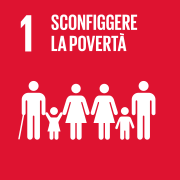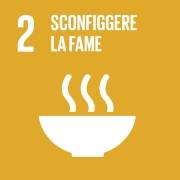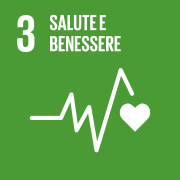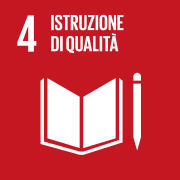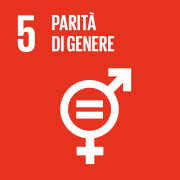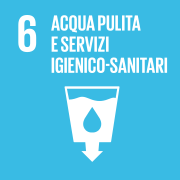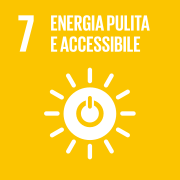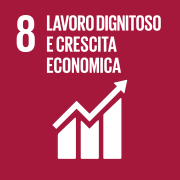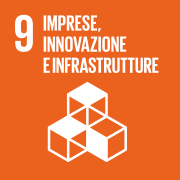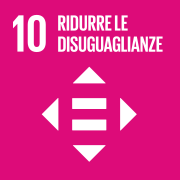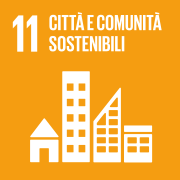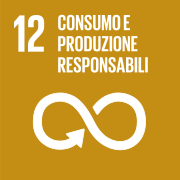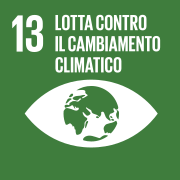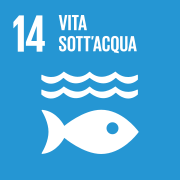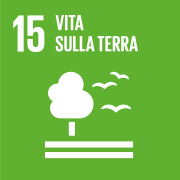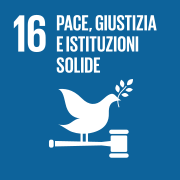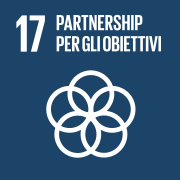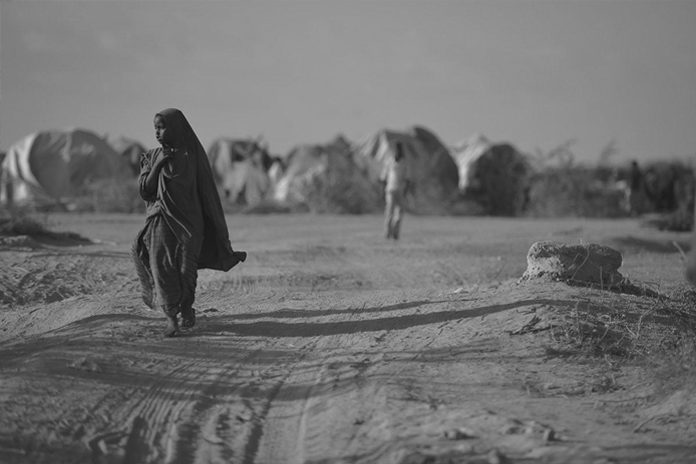
Inclusive economic growth is what we expect from the future. This is why the first sustainability goal focuses on fighting poverty-not only economic poverty but also inequality, the lack of access to essential services and education, as well as hunger, malnutrition, and insufficient incomes and resources. Currently, 836 million people still live in extreme poverty, and approximately one in five people in developing regions survives on less than $1.25 a day. These figures are particularly concentrated in two regions: South Asia and Sub-Saharan Africa. Populations in these areas are increasingly exposed to the consequences of natural and environmental disasters. Poor countries that have never sufficiently benefited from the linear economy might be well-suited to adopting circular economy practices. A new paradigm like circularity does not necessarily need to come to the aid of the linear economy but can replace it entirely, starting from scratch. This is happening quite naturally in regions where production levels are low, but so is waste. For instance, Sub-Saharan Africa is responsible for only 5% of global waste, while OECD countries produce nearly half. The focus on the circular economy in developing countries is significant, particularly in material recovery and recycling activities. According to the ILO, the 20 million workers engaged in informal recycling play a crucial role, sometimes providing the only waste collection services available in certain cities, especially in slums and shantytowns. The informal economy in developing countries and its poorest segments compensates for the “official” economy by choosing a path of circularity rather than following the produce-consume-dispose cycle. Structural factors also play a role: informal contexts are, by necessity, shared, common, circular, and cooperative spaces.
The Crisis That Made the Difference: Learning from Vulnerabilities
When talking about the contribution that the circular economy can make to the first sustainability goal, we cannot fail to evaluate the impact of the pandemic on the sustainability strategies implemented by the poorest countries. According to a UNESCO study last year, it was precisely vulnerable countries, developing countries, that accelerated the transition towards the sustainability goals of the 2030 Agenda, much more – in proportion – than developed countries: not only in application, as some good practices demonstrate, but also in theory. The UNESCO study shows that the priority of scientific research on sustainability goals is a prerogative of developing countries. Mapping the publications of almost 200 countries between 2011 and 2019 on 56 research topics relevant to the SDGs shows that for the most part, high-income countries that represent 64% of global research spending, including Japan, South Korea, the United States and many European countries, showed relatively modest variations in the number of publications produced on the SDGs and a declining share of global research. Surprisingly, the situation is different for low- and middle-income countries, which have started to shift research priorities towards global sustainability goals. For example, the share of publications on photovoltaics from low- and lower-middle-income countries more than tripled, from 6.2% to 22% of the global total over the study period, while the share of publications on biofuels and biomass almost tripled, from 8.5% to 23%. Low-income countries more than doubled their share of research publications on climate-resilient crops, from 5% of the total to 11%. And researchers from sub-Saharan Africa contributed 361 of 885 publications on smallholder agriculture in 2019, more than the European Union’s 294. Many of the sustainable practices being researched are circular practices, especially agroecology and soil regeneration. Developing countries have also proven to be virtuous in terms of technological transition, which is happening faster than elsewhere and is the main driver for the transition to a circular economy, also following the consequences of the pandemic. In October 2020, the World Health Organization reported that Africa accounted for approximately 13% of 1,000 existing technologies developed worldwide in response to Covid. Of these, 58% were digital solutions such as chatbots, self-diagnostic tools and contact tracing apps. A further 25% of solutions were based on 3D printing and 11% on robotics.
Journey through disparities: developing countries… sustainable
In general, where the processes that wear out the Earth’s resources have not yet been implemented, the “Build” countries, as they are called, have – contrary to what one might think – better opportunities to establish circular models. The Circle economy network defines “build” countries as India, Bangladesh, Ethiopia, Nigeria, Pakistan, the Philippines and some countries in sub-Saharan Africa characterized by an agricultural economy, still in the process of building the main infrastructures and that try to satisfy the basic needs of their population such as education and healthcare. They are home to approximately 46% of the world’s population. In these countries, resource constraints are often addressed with local initiatives based on circularity: the association Nubian Vault has established an architectural technique in Burkina Faso, Mali, Senegal and Togo to build vaulted roofs without wooden beams to address deforestation, while to address the food waste that affects 45% of fresh fruit and vegetables harvested, mainly due to the lack of cold storage in Build countries, in Nigeria ColdHubs, a solar-powered post-harvest cooling solution, is operating. The company offers farmers a flexible pay-as-you-store subscription model at rates they can afford, helping to address the barrier to access to financing for cold chain solutions and bridging the technology gap for smallholder farmers. Finally, to address the problem of recycling infrastructure, the African Development Bank is financing the construction of a plastic waste collection and recycling infrastructure in Côte d’Ivoire. Using innovative recycling technologies, this operation not only provides raw materials to local industries, but also supports the social and economic reintegration of 2,000 former soldiers. In short, the circular economy becomes a resource not only for environmental sustainability, but for social sustainability, providing solutions that can fight the various fronts of poverty as per the purposes of SDG 1.
As for the “Shift” countries, such as China or Brazil, their exponential growth is concentrated only in certain percentages of the population that have emerged from poverty, but social mobility remains extremely low. Although extreme poverty is less widespread, much of the wealth in these countries remains locked in the middle class. The rapid growth of these countries is accompanied by the need for resources: they account for more than half of the world’s resource extraction and just under half of global emissions. In Mexico, Danone has built a sorting center outside the landfill, where waste collectors can sort waste more efficiently and safely. Over 400 families have seen their income increase by 30% and their healthcare covered. Meanwhile, Brazil promotes a social enterprise, Rede Asta, that helps divert waste from Brazil’s vast landfills: every day, around 175,000 tons of solid waste is collected across the country, of which only around 2.7% is recycled. The women-led initiative collects waste and unused equipment from hundreds of companies and offers them custom projects using the waste materials. In Bogotá, the circular economy is leading the way in smarter wastewater management in an effort to restore the Bogotá River, which has been polluted by industrial and household wastewater since the 1950s, to its former glory. The plant generates a significant portion of the energy needed for its own disinfection treatment processes. The city is also capturing dangerous biogases emitted by overflowing landfills and, in the process, providing job training to young people. The Doña Juana landfill is the first in Colombia to capture landfill biogas and turn it into electricity, while also reducing exposure to poisonous gases like ammonia and hydrogen sulfide for people living near the landfill.
The so-called “shift” countries such as European countries and the United States, although representing a minority of the world, produce 43% of emissions and account for almost a third of all global resource extraction. Despite excessive levels of consumption and a generally high social mobility, extreme poverty still affects about 0.6% of the people in these countries. Here too the gap is widening: in the OECD, which is composed almost exclusively of Shift nations, income inequality is the highest in recent decades. Here, circular practices are the order of the day: sustainable cities, green spaces, electric and decongested mobility, agroecology techniques in urban gardens, recycling centers, waste collection and repair, especially in the case of electronic devices but, despite the efforts, emissions and resource extraction remain at levels that are far too high.
Cooperative economy
In the countries mentioned and in many others where we can still define large areas of poverty at various levels, the collaborative economy is the antechamber of the circular economy. The initiatives described are very often taken by small communities in informal contexts, but if good practices are recognized at an institutional level, they can make a difference. The transition to a model other than the linear one is very often characterized by small-scale businesses, easy access to financial capital, promotion of women’s participation in the local economy, job creation and expansion of social support. In Colombia, cooperatives guarantee the rights of waste collectors in the informal economy, while it is estimated that in India the Self Employed Women’s Association (SEWA) brings together one and a half million women who work in the waste and recycling sector. A case study cited by the United Nations is that of Dakkada Multi-Purpose Cooperative Society in Akwa Ibom State, Nigeria, which has achieved remarkable results in reducing rural poverty, making health services and education affordable, bridging part of the gender gap, ensuring women are economically empowered, increasing incomes, job security, livelihoods and food security. Circular practices, if well applied, can truly become a gateway out of poverty. It is well known that the circular economy can create jobs, businesses, innovation, resources, limit pollution and the serious consequences associated with it.
